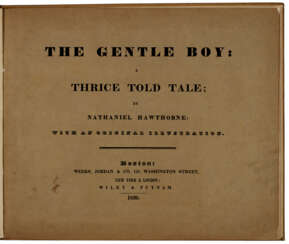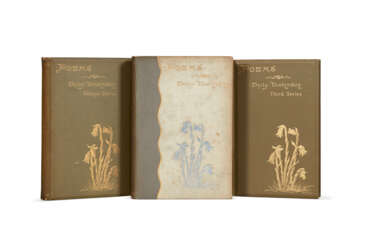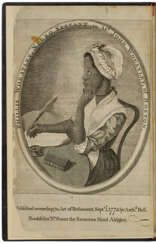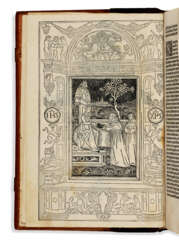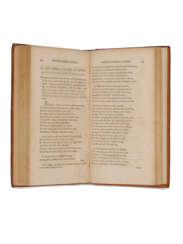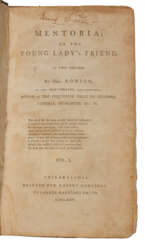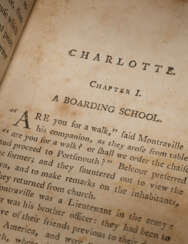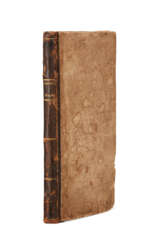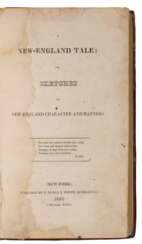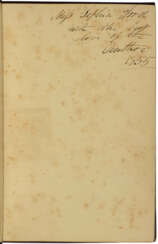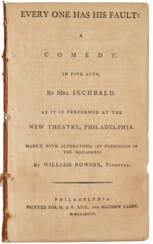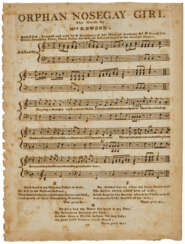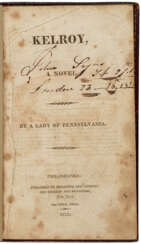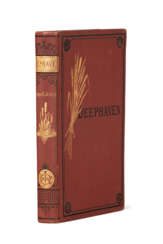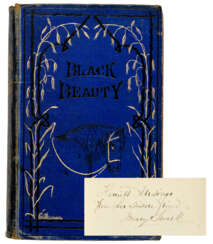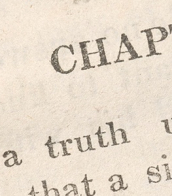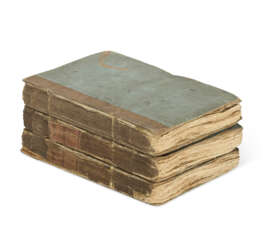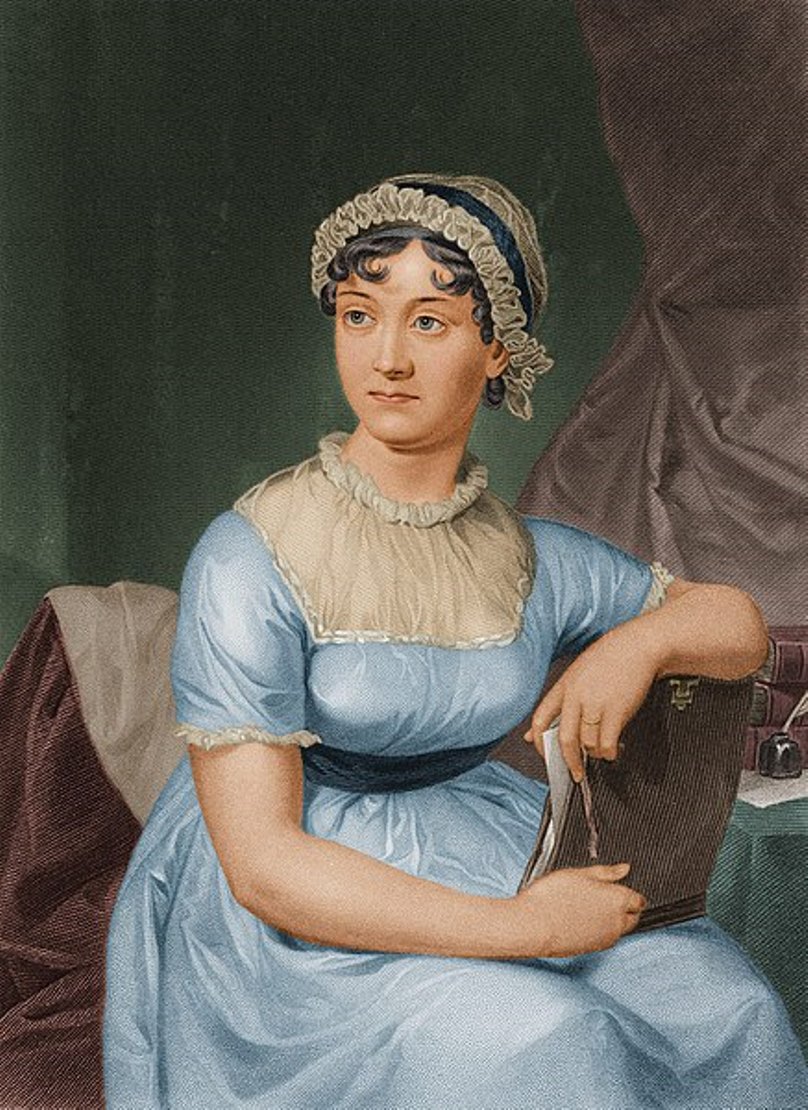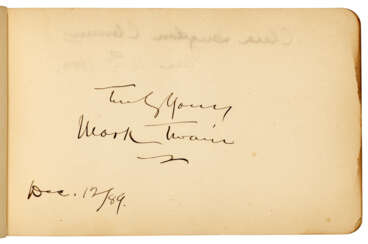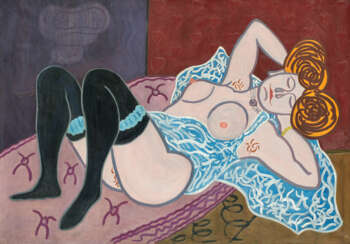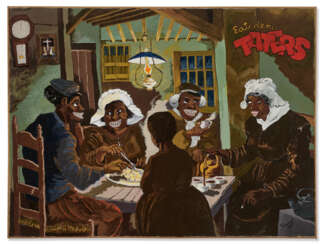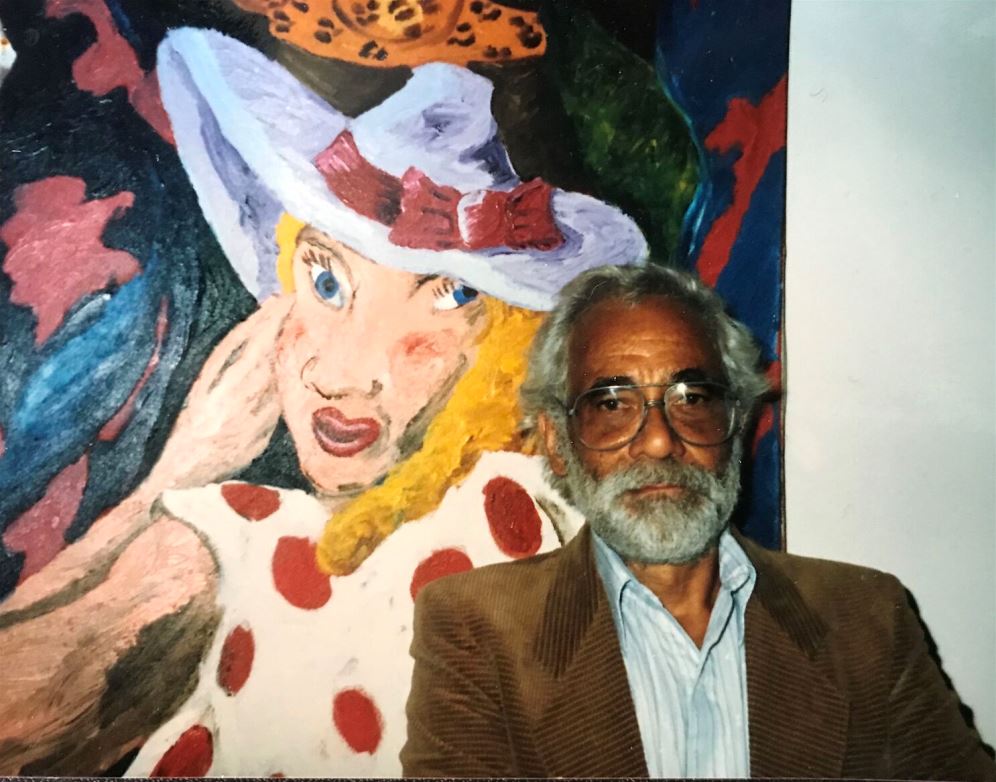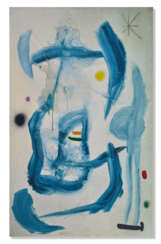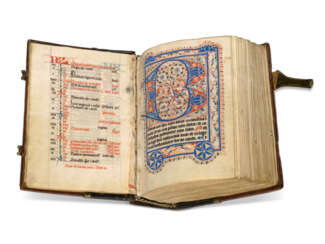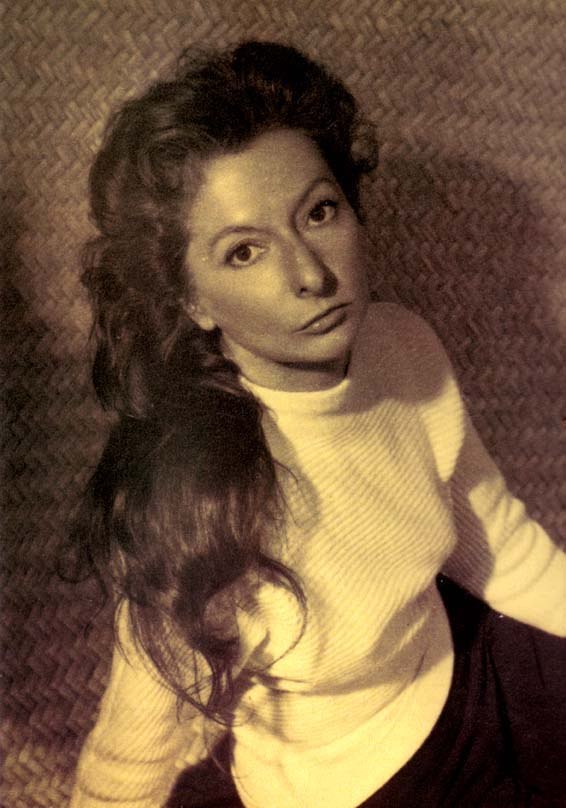women's history & literature
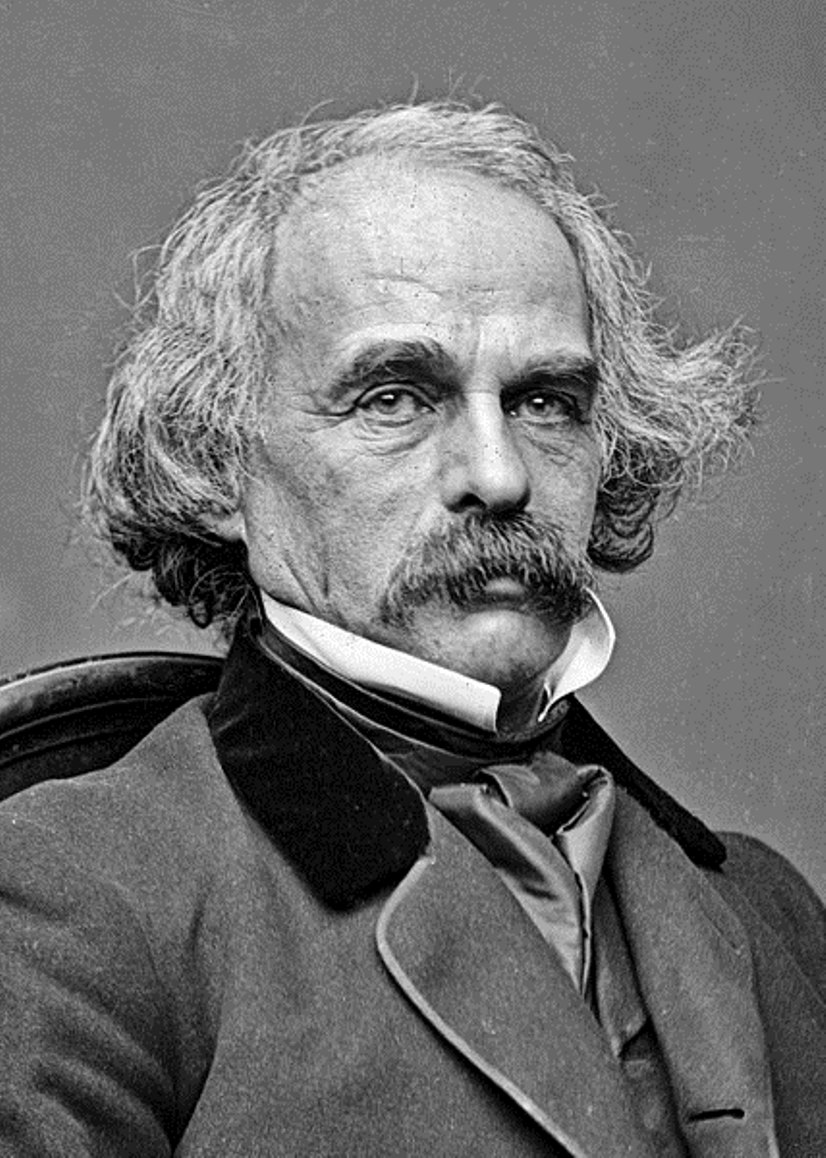
Nathaniel Hawthorne is an American writer and author.
Hawthorne is a recognized short story writer and a master of allegorical and symbolic narrative. One of the first fiction writers in American literature, he is best known for his works The Scarlet Letter (1850) and The House of Seven Gables (1851). Hawthorne's artistic works are considered part of the American Romantic movement and, in particular, of so-called dark Romanticism, a popular mid-19th-century fascination with the irrational, the demonic, and the grotesque.
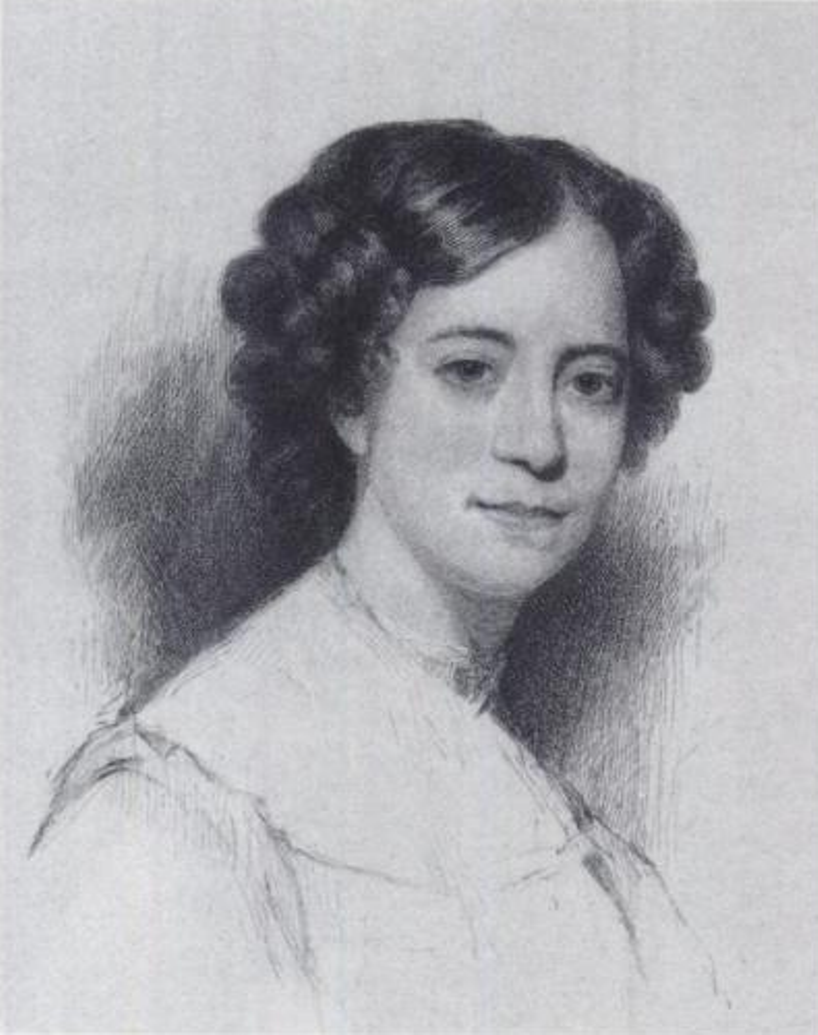
Sophia Amelia Hawthorne, née Peabody was an American artist and illustrator and writer.
Sophia Peabody is the wife of writer Nathaniel Hawthorne. Before her marriage, she was already an accomplished artist; during her life she also published articles, her diaries, and some of Nathaniel's notebooks, which she edited and published after his death.

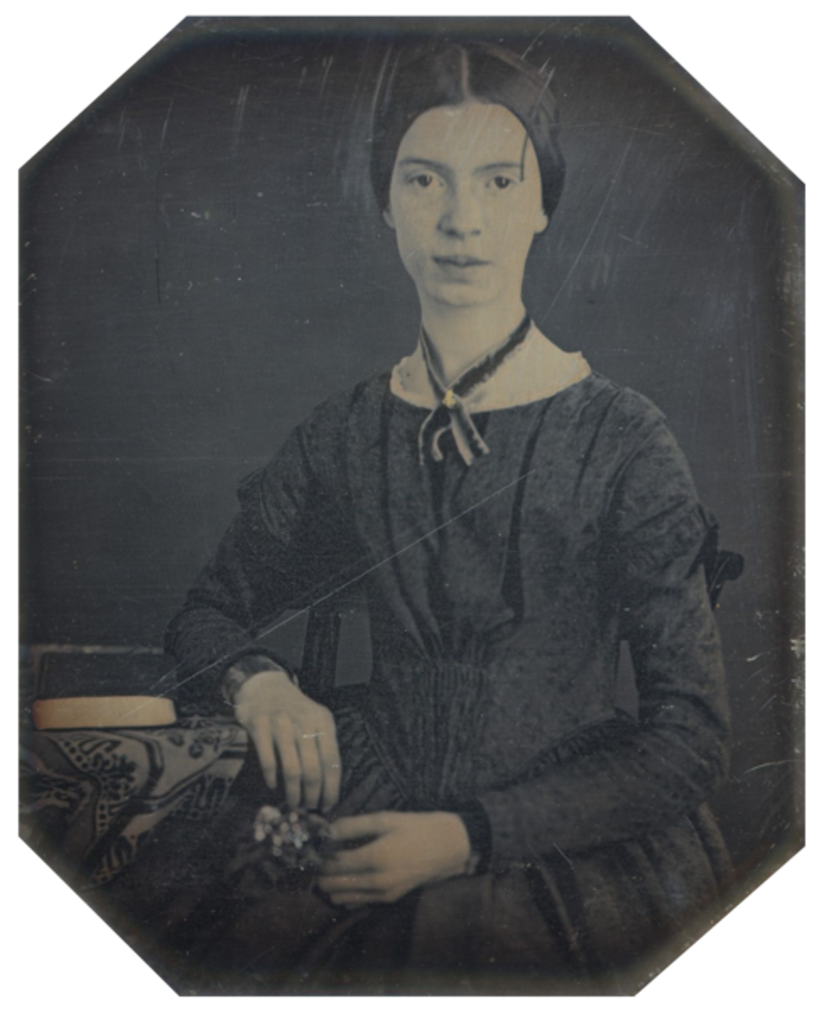
Emily Elizabeth Dickinson was a 19th-century American lyric poet.
Emily led a secluded and rather unusual lifestyle, preferring active correspondence instead of personal communication. In addition to many brilliant and witty letters to her family and friends, she wrote about two thousand poems during her lifetime, but only about ten were published during her lifetime.
Dickinson possessed an extraordinary brilliance of style and integrity of vision and, along with Walt Whitman, is today considered one of the two leading American poets of the nineteenth century. She easily ignored the usual rules of versification and even grammar, and in the intellectual content of her works showed exceptional courage and originality. It is known that the poetess was particularly impressed by the poetry of Ralph Waldo Emerson, and with Charles Wadsworth she corresponded.
Today, the work of Emily Dickinson is evaluated as a bright forerunner of modernism, it is widely studied in educational institutions in the United States and Europe.

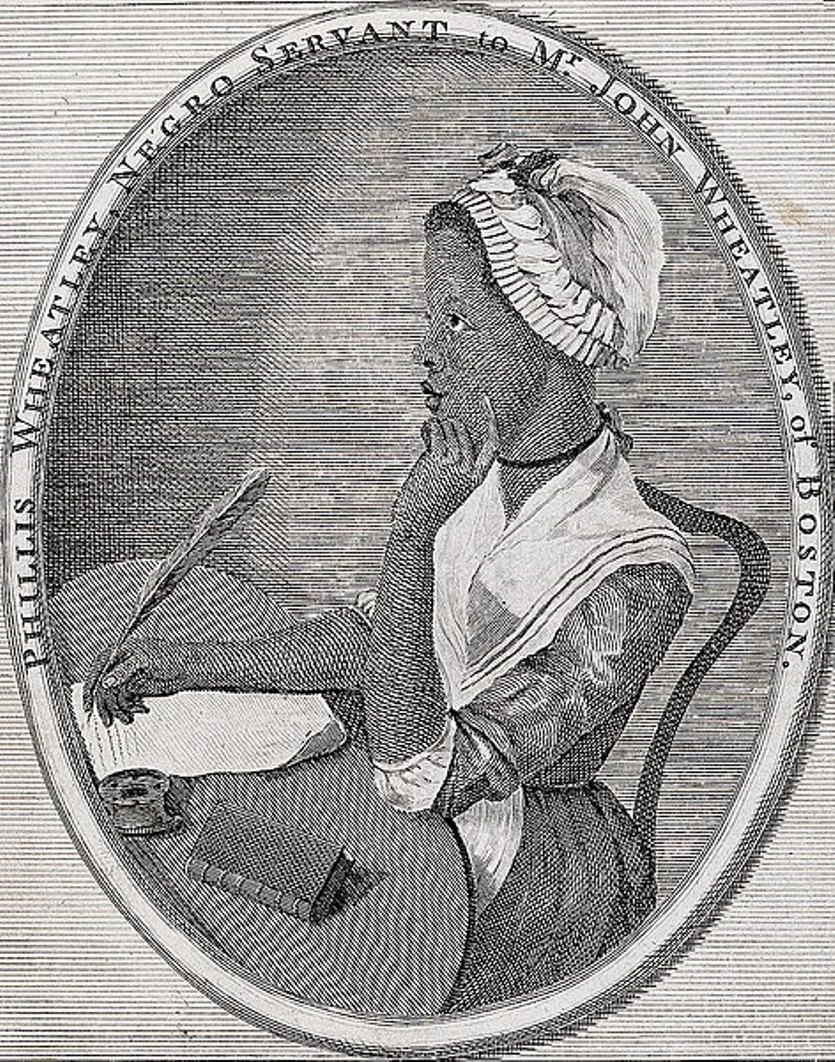
Phillis Wheatley or Phillis Wheatley Peters was an American poet born in Africa.
A native of West Africa, Phillis Wheatley was kidnapped as a young child and sold as a slave in 1761 to John and Susanna Wheatley in Boston. They chose the name Phyllis for her in honor of the ship on which the girl traveled the Middle Passage. The Wheatley family quickly recognized her intellectual abilities and encouraged her study of the classics. Phyllis began writing poems and verses, and some were even published when she was only 14 years old.
However, the 18th-century public had great difficulty accepting a black slave girl as a writer. In May 1773, Wheatley traveled to London with her master's son. There her first book, Poems on Miscellaneous Subjects, Religious and Moral, was published. Wheatley's literary talent and personal qualities contributed to her great social success in London. In the fall of 1773, Phyllis returned to the United States and Wheatley was granted her freedom. She married, but lived only 31 years.
Wheatley's most famous poem today, "On Being Brought from Africa to America" (1768), directly addresses the theme of slavery.

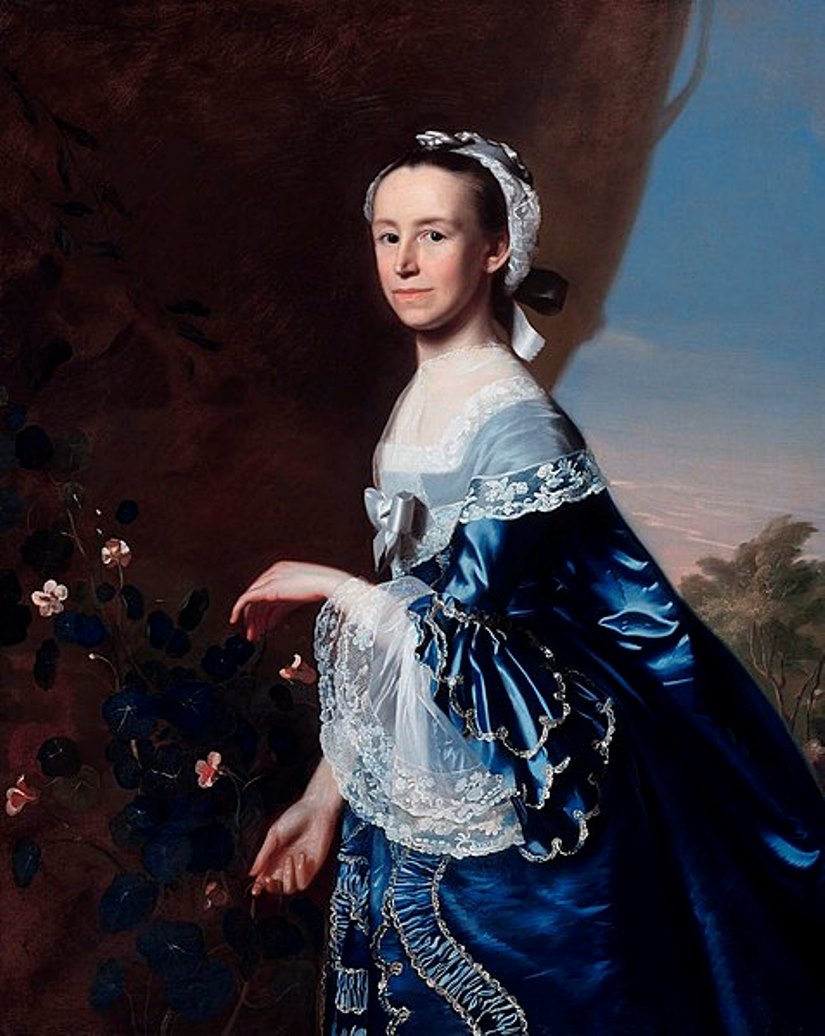
Mercy Otis Warren was an American poet, satirist, playwright, historian, and essayist of the American Revolution.
Mercy Otis was born into a prosperous Cape Cod Island family and was immersed early in the tumultuous political events taking place in the country at the time. One of her brothers was political activist James Otis, who was involved in the American Revolution from the beginning. In 1754, Mercy Otis married farmer James Warren, who later served in the Massachusetts legislature (1766-78). Through her husband's political connections, Warren was personally acquainted with most of the leaders of the Revolution and was constantly at the center of events for more than two decades.
Combining her own convictions with her writing talent, Warren became a poet and historian of the revolutionary era. Her first incisive and polemical pieces in verse were published in a Boston newspaper. This was followed by the prophetic novel Defeat and other works. In 1790 she published a collection of her works, Poems, Dramatic and Miscellaneous, which included two new plays, The Sack of Rome and The Ladies of Castille. For a woman of the time, such publications were very daring, as female writers usually hid under pseudonyms.
Warren also corresponded extensively with politicians, including George Washington and Thomas Jefferson. In 1805, she completed a three-volume work entitled A History of the Rise, Progress, and Termination of the American Revolution. This book was the earliest work on historical events in the country. Its proximity to political leaders and major national events makes Mercy Warren's writings on the American Revolutionary period especially valuable.

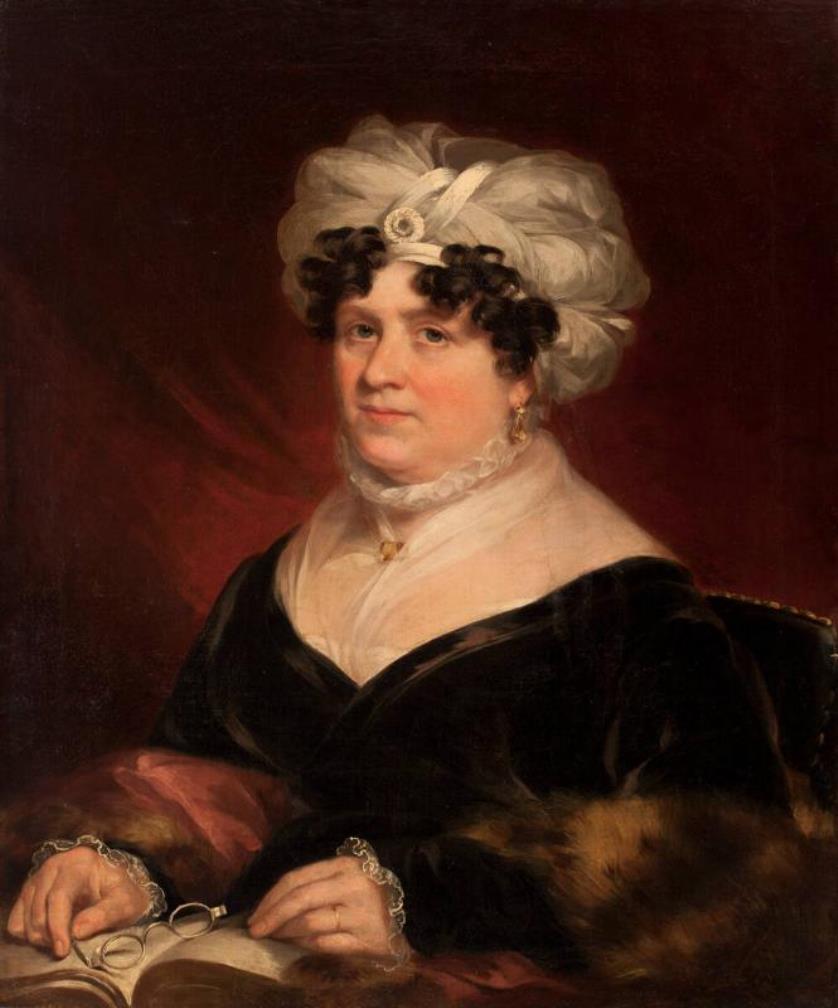
Susanna Rowson, née Haswell, was an American writer and poet, playwright, actress, and educator.
Susanna Haswell was the daughter of an officer in the Royal Navy. She published her first novel, Victoria, in 1786 and soon married businessman William Rowson. Susanna's greatest success was her first American bestseller, the novel Charlotte, A Tale of Truth (1791, in later editions under the title Charlotte Temple). This novel, a conventional sentimental story of seduction and remorse, was immensely popular and went through more than 200 editions.
In 1792 she became an actress and performed with her bankrupt husband in Scotland, as well as in Philadelphia, Baltimore, and Boston. In 1797, after retiring from the stage, Susanna opened the first "female academy" in Boston. Susanna Rowson also wrote many plays and musicals, and in doing so, helped to develop the performing arts in the United States. Later, she also edited the Boston Weekly Magazine, wrote geography and spelling textbooks, and moralizing manuals.


Susanna Rowson, née Haswell, was an American writer and poet, playwright, actress, and educator.
Susanna Haswell was the daughter of an officer in the Royal Navy. She published her first novel, Victoria, in 1786 and soon married businessman William Rowson. Susanna's greatest success was her first American bestseller, the novel Charlotte, A Tale of Truth (1791, in later editions under the title Charlotte Temple). This novel, a conventional sentimental story of seduction and remorse, was immensely popular and went through more than 200 editions.
In 1792 she became an actress and performed with her bankrupt husband in Scotland, as well as in Philadelphia, Baltimore, and Boston. In 1797, after retiring from the stage, Susanna opened the first "female academy" in Boston. Susanna Rowson also wrote many plays and musicals, and in doing so, helped to develop the performing arts in the United States. Later, she also edited the Boston Weekly Magazine, wrote geography and spelling textbooks, and moralizing manuals.


Susanna Rowson, née Haswell, was an American writer and poet, playwright, actress, and educator.
Susanna Haswell was the daughter of an officer in the Royal Navy. She published her first novel, Victoria, in 1786 and soon married businessman William Rowson. Susanna's greatest success was her first American bestseller, the novel Charlotte, A Tale of Truth (1791, in later editions under the title Charlotte Temple). This novel, a conventional sentimental story of seduction and remorse, was immensely popular and went through more than 200 editions.
In 1792 she became an actress and performed with her bankrupt husband in Scotland, as well as in Philadelphia, Baltimore, and Boston. In 1797, after retiring from the stage, Susanna opened the first "female academy" in Boston. Susanna Rowson also wrote many plays and musicals, and in doing so, helped to develop the performing arts in the United States. Later, she also edited the Boston Weekly Magazine, wrote geography and spelling textbooks, and moralizing manuals.

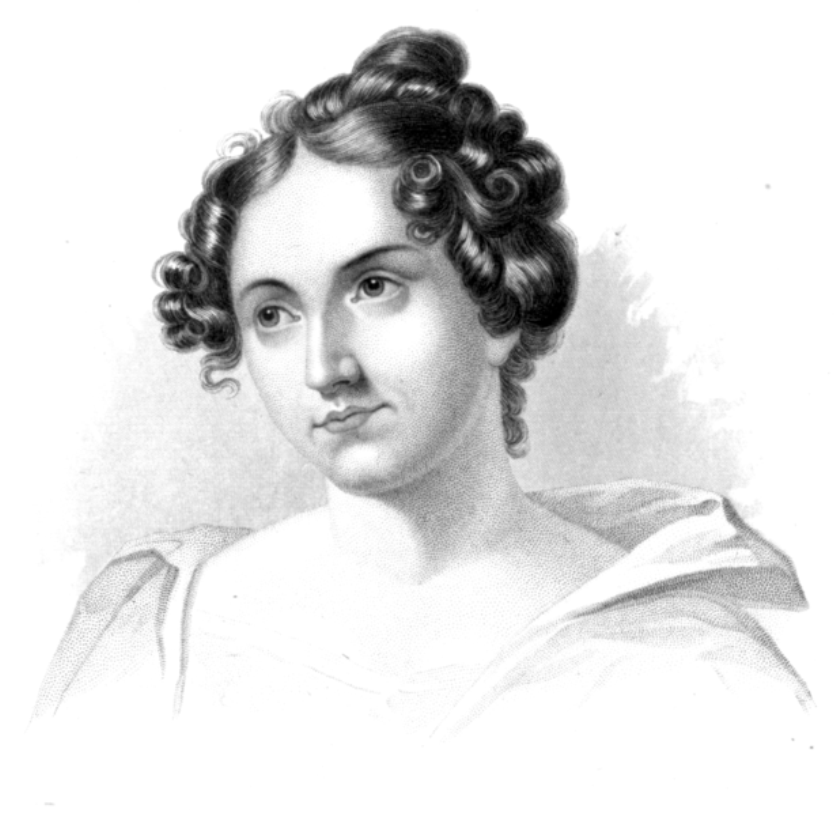
Catharine Maria Sedgwick was a successful American novelist writer of the first half of the 19th century.
Catharine was the daughter of Theodore Sedgwick, a lawyer, congressman and later senator and state supreme court justice. She was one of the most prolific and respected American novelists of the period, writing six novels, eight works for children, two biographies, and more than 100 short prose stories. The famous writer Edgar Allan Poe reviewed her work quite favorably.
Sedgwick wrote the novels Redwood (1824), Hope Leslie (1827), Clarence (1830), and The Linwoods (1835), her last novel, "Married or Single?" was published in 1857. Her works in particular raise questions about the relationship between nurture and management, and the key role of women in shaping the emerging nation.
Catherine Sedgwick was also active in the New York Women's Prison Association from its inception in 1854 until her death.

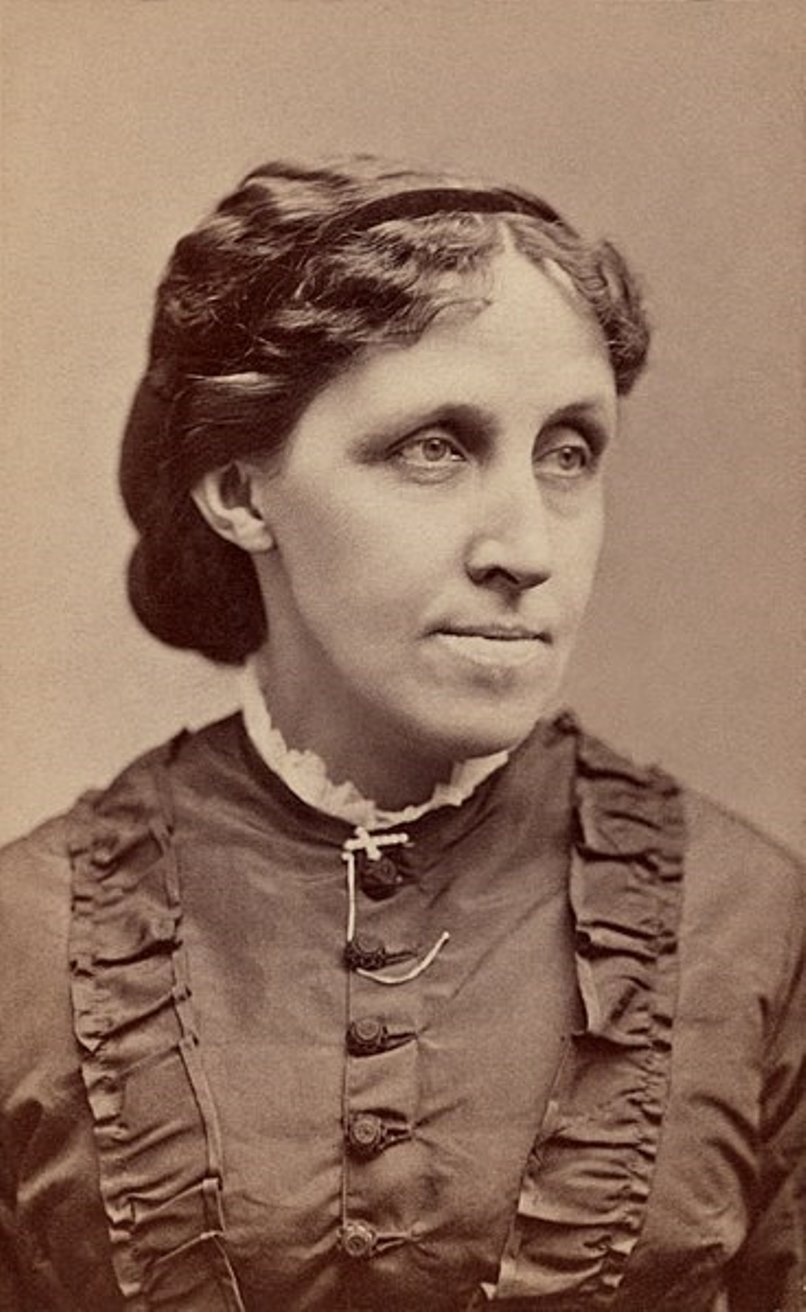
Louisa May Alcott was a 19th-century American writer.
Louisa, the daughter of transcendentalist Bronson Alcott, grew up in the company of Ralph Waldo Emerson, Theodore Parker, and Henry David Thoreau. Her education was largely under the guidance of her father, who, however, did not know how to properly provide for the family.
Louisa was forced to begin writing short stories and publishing in The Atlantic Monthly magazine. It could be said that need forced her to write an autobiographical book, Little Women (1868-69), which immediately became so popular that Louisa was finally able to pay off her debts. The book describes the domestic adventures of an optimistic New England family of modest means, tracing the different characters and destinies of four sisters as they grow up and face work, society, and marriage.
Alcott published sequels to the book, Little Men (1871) and Joe's Boys and What Came of Them (1886). There have been numerous films based on Little Women already in the 20th century, including the classic 1933 film starring Katharine Hepburn as Joe and the 2019 Greta Gerwig adaptation.
Alcott wrote other domestic stories based on her early experiences, and her books for younger children remain enduringly popular. Already in the 21st century, the gothic short stories and thrillers published by Alcott under a pseudonym between 1863 and 1869 have been collected and reprinted.


Susanna Rowson, née Haswell, was an American writer and poet, playwright, actress, and educator.
Susanna Haswell was the daughter of an officer in the Royal Navy. She published her first novel, Victoria, in 1786 and soon married businessman William Rowson. Susanna's greatest success was her first American bestseller, the novel Charlotte, A Tale of Truth (1791, in later editions under the title Charlotte Temple). This novel, a conventional sentimental story of seduction and remorse, was immensely popular and went through more than 200 editions.
In 1792 she became an actress and performed with her bankrupt husband in Scotland, as well as in Philadelphia, Baltimore, and Boston. In 1797, after retiring from the stage, Susanna opened the first "female academy" in Boston. Susanna Rowson also wrote many plays and musicals, and in doing so, helped to develop the performing arts in the United States. Later, she also edited the Boston Weekly Magazine, wrote geography and spelling textbooks, and moralizing manuals.


Susanna Rowson, née Haswell, was an American writer and poet, playwright, actress, and educator.
Susanna Haswell was the daughter of an officer in the Royal Navy. She published her first novel, Victoria, in 1786 and soon married businessman William Rowson. Susanna's greatest success was her first American bestseller, the novel Charlotte, A Tale of Truth (1791, in later editions under the title Charlotte Temple). This novel, a conventional sentimental story of seduction and remorse, was immensely popular and went through more than 200 editions.
In 1792 she became an actress and performed with her bankrupt husband in Scotland, as well as in Philadelphia, Baltimore, and Boston. In 1797, after retiring from the stage, Susanna opened the first "female academy" in Boston. Susanna Rowson also wrote many plays and musicals, and in doing so, helped to develop the performing arts in the United States. Later, she also edited the Boston Weekly Magazine, wrote geography and spelling textbooks, and moralizing manuals.

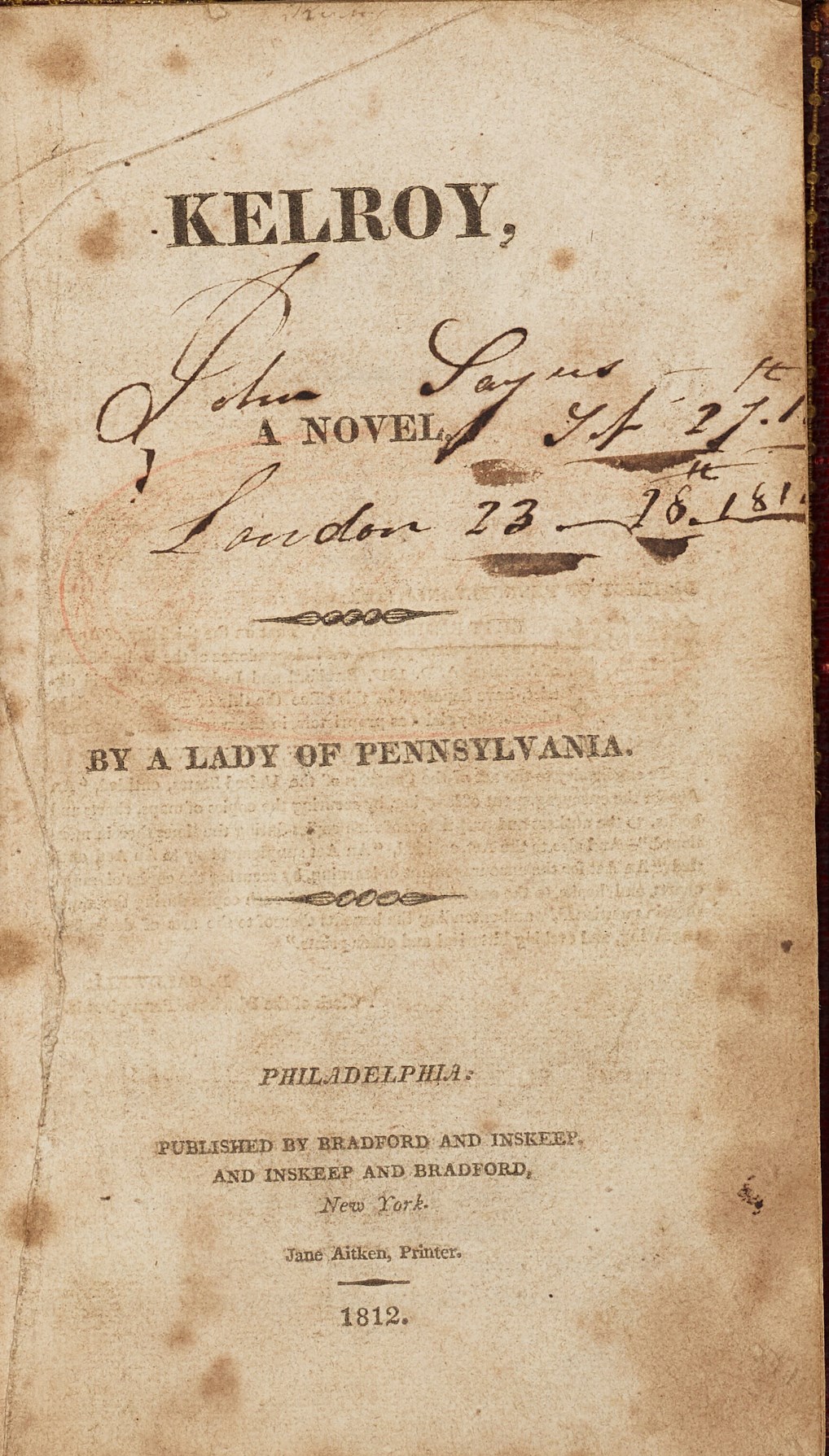
Rebecca Rush was an American writer of the early 19th century.
Rebecca was born into a creative family of artists and in 1812 published her only known book "Kelroy". This novel was not very relevant during the war of those years, but nevertheless became notable for its witty look at the social rise and stratification of society in Philadelphia at the outbreak of the War of 1812. The marital intrigue that became the plot of the novel, which was written by a woman, made it popular: a mother pretends to be richer than she really is and tries to marry off her two daughters to rich men.

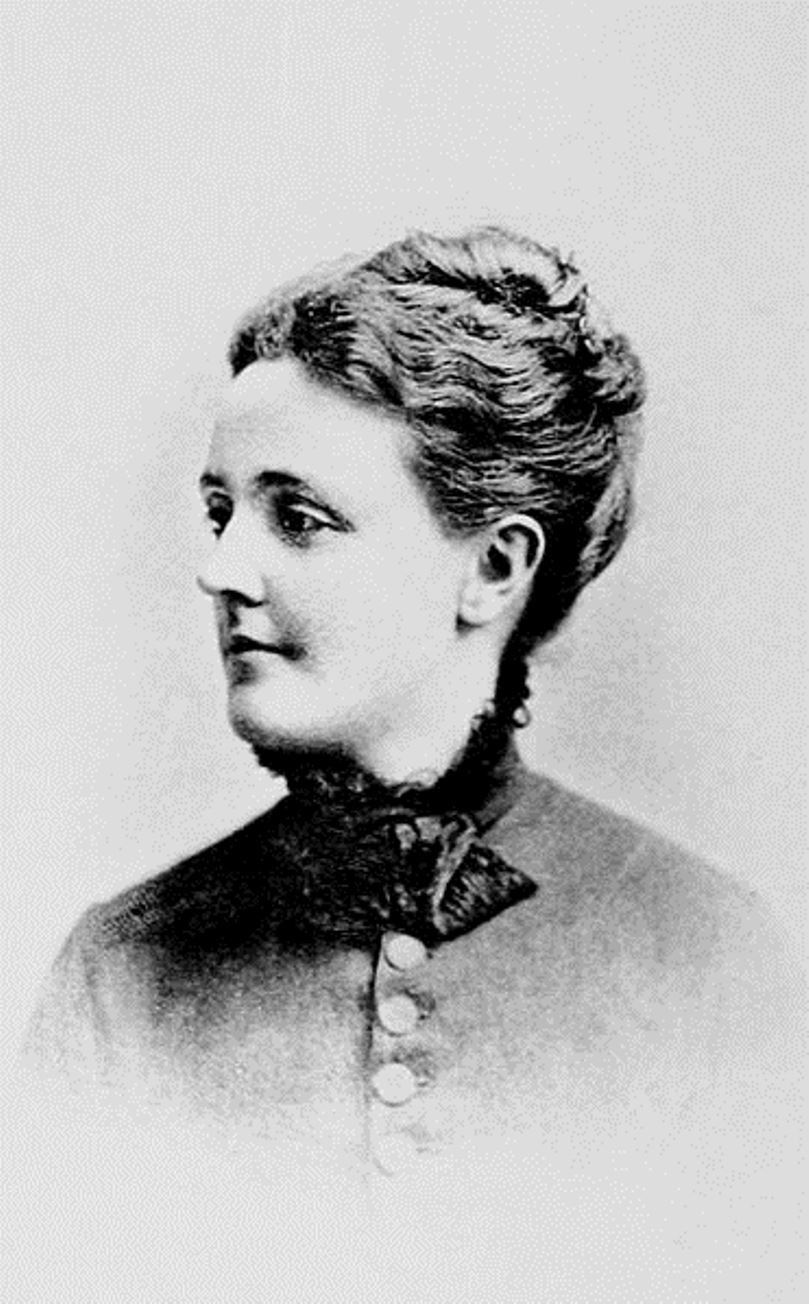
Sarah Orne Jewett, full name Theodora Sarah Orne Jewett, is an American writer and poet.
Sarah attended Berwick Academy, but did most of her education on her own. She signed her first short stories "Alice Eliot." Her many late sketches of the New England town of Deephaven, reminiscent of South Berwick, were published in The Atlantic Monthly and collected in her first book, Deephaven (1877).
She wrote three novels and several books for children, and several collections of her poems were also published. Jewett's best book, The Land of Pointed Firs (1896), like Deephaven, tells of the isolation and loneliness of a decaying port town and the unique humor of its inhabitants. Her works are reminiscent of the novels of Gustave Flaubert, whose work she admired.


Maurice Denis, a French painter and writer, was an influential figure in the transition from impressionism to modern art. Born on November 25, 1870, in Granville, France, Denis's artistic journey began at the Académie Julian in Paris. Here, he met future collaborators like Paul Sérusier and Pierre Bonnard, with whom he later formed the Nabis group, a collective deriving its name from the Hebrew word "Nabi," meaning "Prophet".
Denis's style evolved from neoimpressionism, influenced by artists like Seurat, to a more decorative and colorful approach under the influence of Gauguin. This shift is evident in works like "Taches du soleil sur la terrace" (1890). He famously stated, "Art is no longer a visual sensation... it is a creation of our spirit," highlighting his belief in art as an idealistic expression, transcending mere imitation of nature.
Denis was also impacted by Japanese art, which influenced his compositions and styles, contributing to his unique and recognizable approach. His philosophy on art, encapsulated in his 1890 essay published in "Art et Critique," emphasized the importance of color and form in creating emotional depth, a notion that laid the groundwork for modernism. He argued that a painting's essence lies in its colors and composition, rather than its subject matter.
Throughout his career, Denis's work evolved towards a more classical approach. His involvement with the Ateliers d'Art Sacré, founded in 1919, demonstrated his interest in religious art and decoration. His notable works include "The Legend of Saint Hubert" (1897) and "The History of Music" for the Théâtre des Champs Elysées (1912-1913).
Tragically, Maurice Denis's life ended on November 13, 1943, when he was struck by a truck during the German occupation of Paris. However, his legacy endures through his contributions to modern art and symbolism, his influence on fellow artists, and his works displayed in various museums and galleries.
For collectors and art experts, Denis's work offers a unique glimpse into the evolution of modern art. His blend of symbolism, color, and form marks a significant shift in art history. To stay updated on new sales and auction events related to Maurice Denis's work, sign up for our newsletter. This subscription will keep you informed about the latest developments in the world of this remarkable artist.

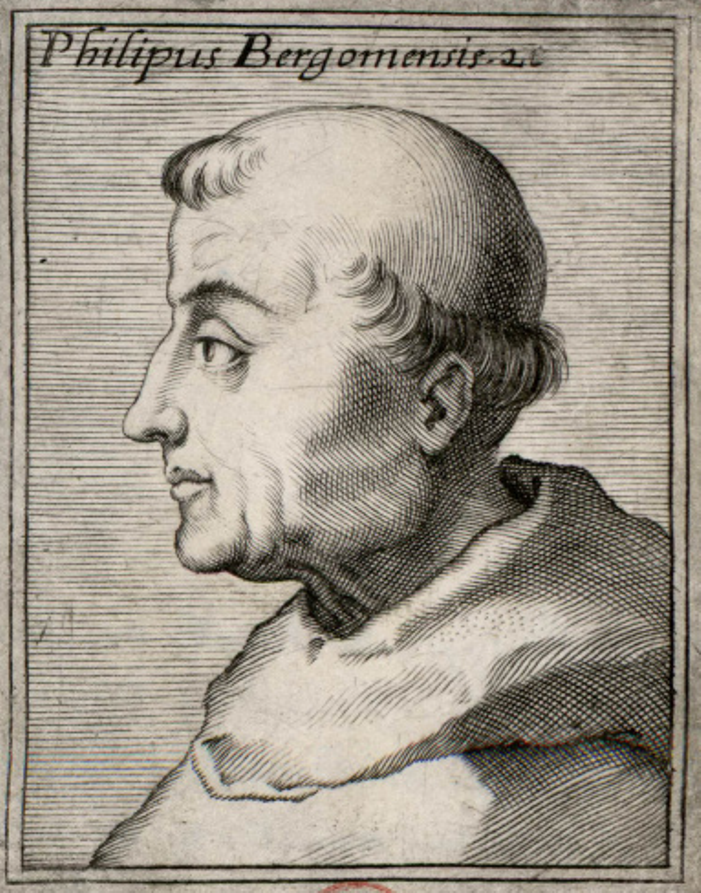
Jacopo Filippo di Bergamo, or Giacomo Filippo Forèsti (Latin: Iacobus Philippus Bergomensis) was an Italian Augustinian monk, theologian and chronicler.
Jacopo di Bergamo was born into a noble family, received his ecclesiastical education at the local monastery, and early showed a penchant for literary work. After traveling in Europe, he took the tonsure and was abbot of monasteries, engaged in their improvement.
He is known as the author of a number of significant early printed works, a chronicler and biblical scholar. His Supplementum chronicarum (1483) is a universal chronicle that survived many subsequent editions. And De claris mulieribus, published in 1497, contains the first account of the voyage of the discoverer Columbus.

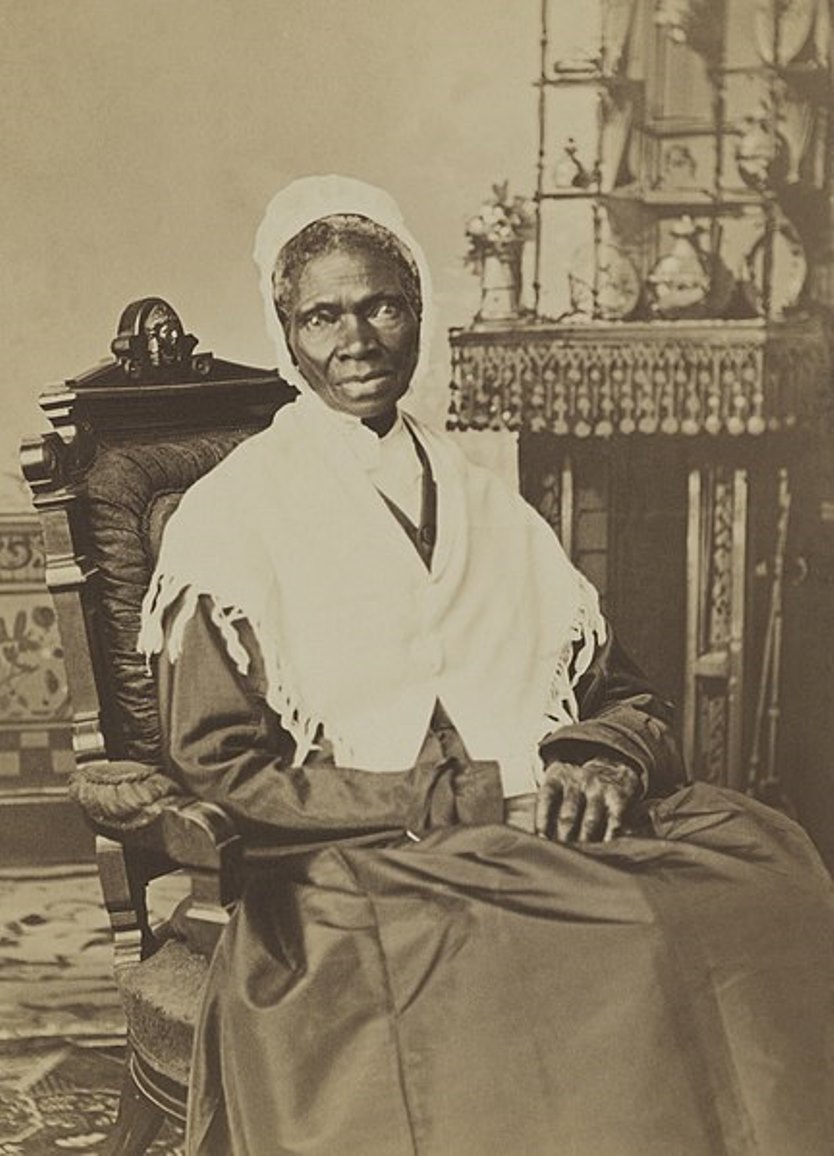
Sojourner Truth, born Isabella Baumfree, was an American abolitionist and feminist born into slavery.
Isabella Baumfree was born a slave in Dutch-speaking Ulster County, New York. She was bought and sold four times, subjected to hard physical labor and cruel punishments. As a teenager, she was united with another slave, by whom she had five children. In 1827 - a year before New York's slave emancipation law went into effect - Isabella and her daughter escaped to the nearby Van Wagener abolitionist family. This family bought her freedom for twenty dollars and helped her get her son back.
Isabella moved to New York City in 1828, where she worked for a local minister. By the early 1830s, she was involved in the religious actions sweeping the state and became a charismatic orator. In 1843, she claimed that the Spirit had called her to preach the truth and began calling herself Sojourner Truth. She advocated abolition, temperance, and civil and women's rights.
Being illiterate herself, Sojourner Truth dictated her story to Olive Gilbert, with whom she worked in the abolitionist Northampton Association. As a result, Sojourner Truth's Narrative of Sojourner Truth, a Northern slave freed from bodily slavery by the State of New York in 1828, was published in 1850. 1851 in Akron, Ohio, Truth gave her famous "Am I Not a Woman?" speech. She was a passionate fighter for all aspects of social justice and continued to travel the United States at the risk of her life giving speeches on women's rights, prison reform, and desegregation.

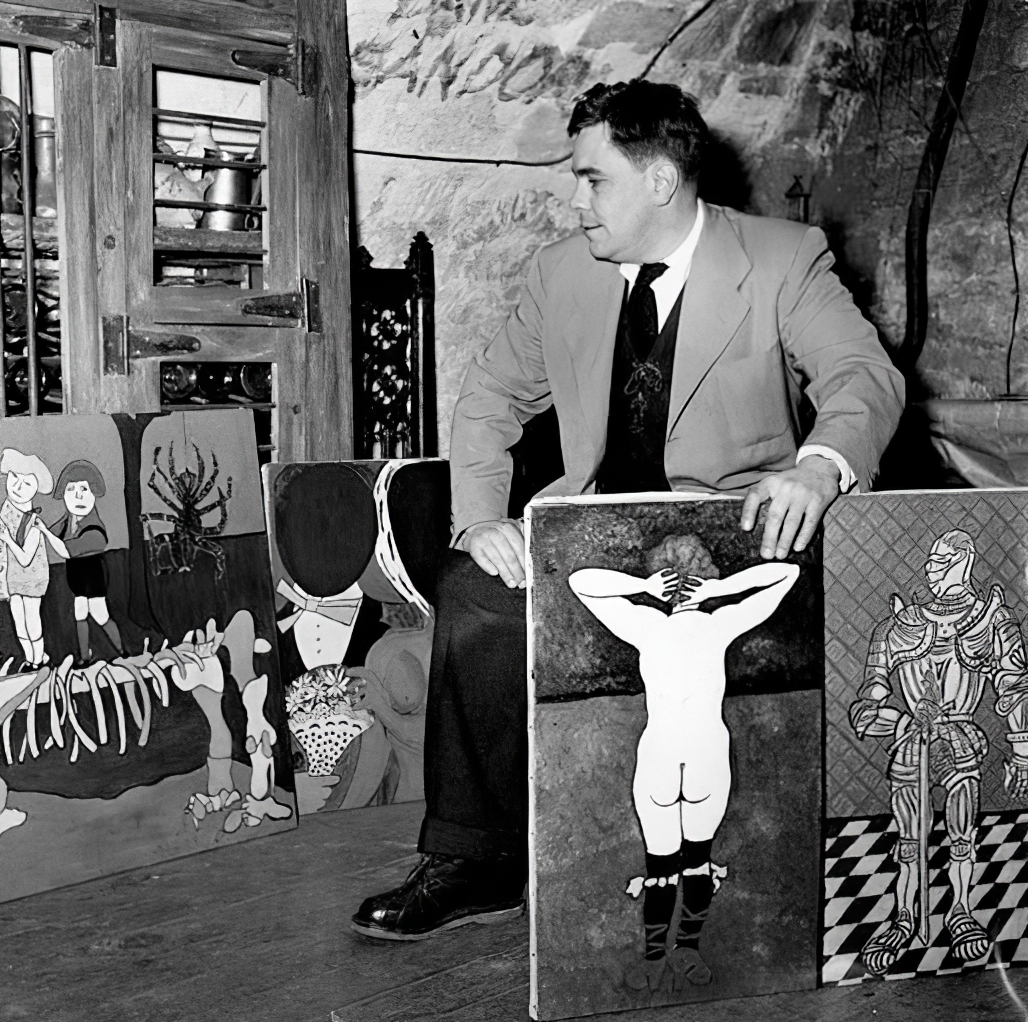
William Nelson Copley was an American painter, writer, gallerist, collector, patron, publisher and art entrepreneur. His works as an artist have been classified as late Surrealist and precursory to Pop Art.

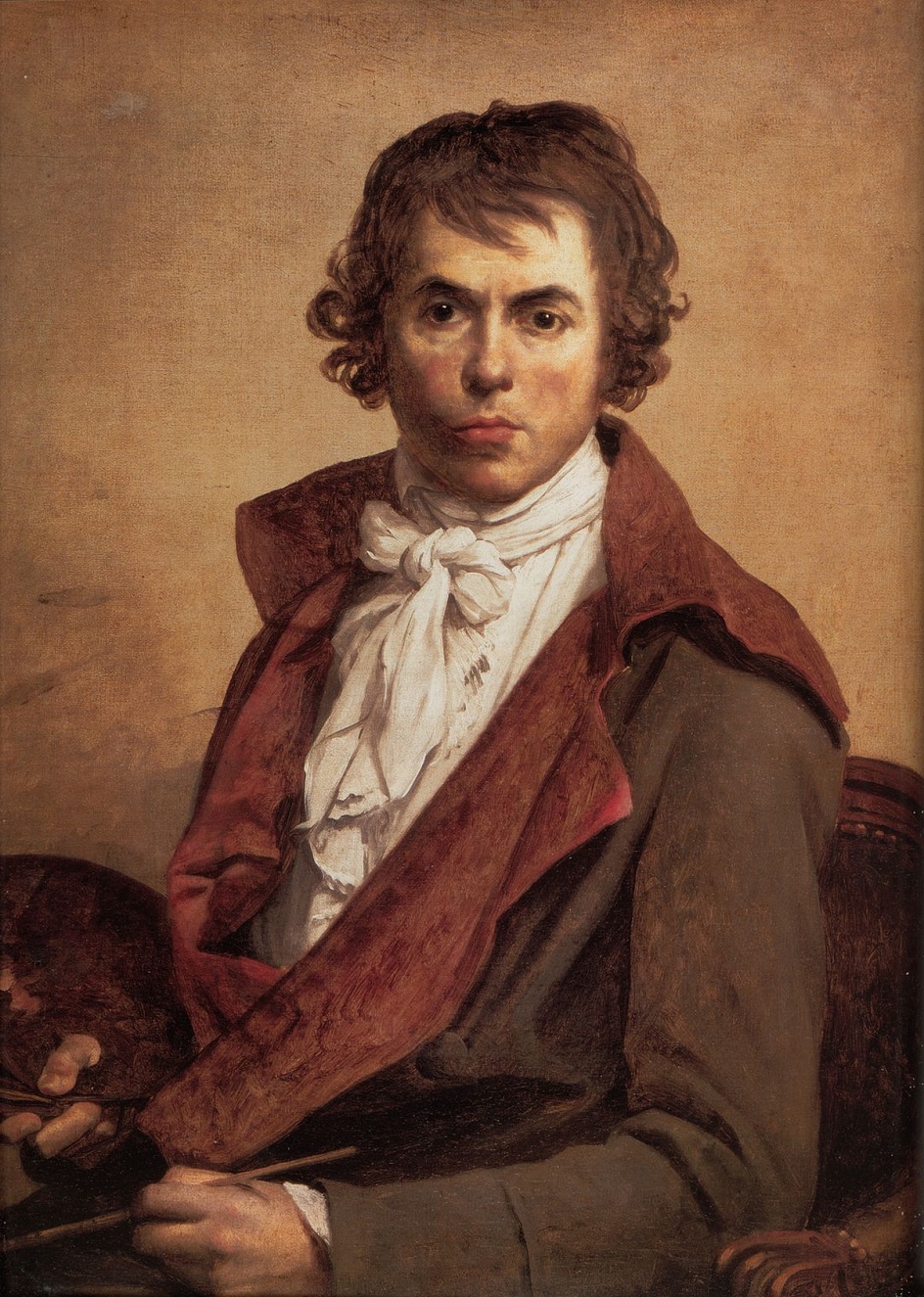
Jacques-Louis David, a preeminent French artist of the Neoclassical movement, made a profound impact on the art world with his compelling history paintings and portraiture. Born in Paris in 1748 into a prosperous family, David's early life was marked by tragedy and ambition. Despite losing his father at a young age and facing opposition from his family, his determination to pursue art led him to become a student of Joseph-Marie Vien and later, a notable figure in the French Academy in Rome. David's artistic journey was characterized by a rigorous classical education, culminating in winning the prestigious Prix de Rome in 1774, which allowed him to study the masterpieces of classical antiquity and the Renaissance in Italy.
David's work is renowned for its classical austerity, a response to the frivolous Rococo style that preceded him. His paintings, such as "The Oath of the Horatii," reflect a blend of classical themes with a modern sense of emotion and drama, resonating with the revolutionary spirit of his times. As the French Revolution unfolded, David aligned himself with its ideals, becoming an active supporter and using his art to serve political purposes. He was closely associated with leaders of the Revolution, including Maximilien Robespierre, and later became the official painter of Napoleon, contributing significantly to the iconography of the era.
Throughout his career, David had a significant influence on French art, not only through his own works but also as a teacher. His studio was a nurturing ground for the next generation of French painters, despite his reputation for being demanding. David's move to Brussels after the fall of Napoleon marked the final phase of his career, where he continued to paint until his death in 1825.
David's legacy extends beyond his contributions to Neoclassical art. He played a crucial role in the development of modern art history, blending classical ideals with contemporary themes, and influencing not only his contemporaries but also future generations of artists. His works, housed in museums around the world, continue to be studied and admired for their technical mastery and emotional depth.
For art collectors and experts, David's oeuvre offers a fascinating insight into a transformative period in art history, where the classical and the contemporary intersected to create a new visual language. His paintings not only depict historical and mythological scenes but also embody the ideals, struggles, and aspirations of his time.
For those interested in exploring the works of Jacques-Louis David and the impact of his art on the Neoclassical movement, updates on new product sales and auction events related to David's work can provide valuable opportunities to engage with his legacy. Signing up for updates ensures access to the latest information and events, offering a deeper understanding of this pivotal artist's contributions to art and culture.


Joan Miró, a celebrated Spanish artist, was a master in painting, sculpture, and ceramics, renowned for his unique style that blurred the lines between Surrealism, Fauvism, and Expressionism. Born in Barcelona to a family of a goldsmith and a watchmaker, Miró grew up immersed in the rich cultural heritage of the Barri Gòtic neighborhood. His artistic journey began with drawing classes at the age of seven and continued at the prestigious La Llotja art academy. Despite an initial venture into the business world, Miró's passion for art prevailed, leading him to abandon his clerical career after a nervous breakdown.
Miró's work is noted for its exploration of the subconscious, often depicting a childlike perspective. This approach was both a critique of traditional painting methods and a means of expressing Catalan pride. His art, challenging to categorize, often featured symbolic elements and nationalistic qualities. One of his notable early works, "The Farm," reflects a transition to a more individual style, blending elements of his Catalan roots with broader artistic influences. This piece, later purchased by Ernest Hemingway, encapsulated the essence of Spain in its imagery.
In Paris, Miró joined the Surrealist movement in 1924, where his work began to reflect the influence of automatism, emphasizing spontaneous, automatic, or subconscious creation. He experimented with various mediums, including painting-poetry and collage, and even ventured into set and costume design for Sergei Diaghilev's Ballets Russes.
During World War II, Miró remained in Spain, and his work from this period, including the 22 Constellations series, reflected an interest in the night, music, and stars. His forms became increasingly abstracted, and he experimented with various techniques, often incorporating primary colors and evocative titles.
Miró's career spanned several decades, during which he continually evolved his style and explored new mediums. His contributions to art were recognized with numerous awards and retrospectives, including a major career retrospective at MoMA in 1941 and the Spanish Gold Medal for Fine Arts in 1980. Among his last major works was a tapestry for the World Trade Center in New York City, created in 1974.
For art collectors and enthusiasts, Joan Miró remains a figure of immense interest, not only for his distinct style and contributions to Surrealism but also for his ability to blend poetic imagery with political commentary. To stay updated on new product sales and auction events related to Joan Miró, sign up for our updates and immerse yourself in the world of this extraordinary artist.




